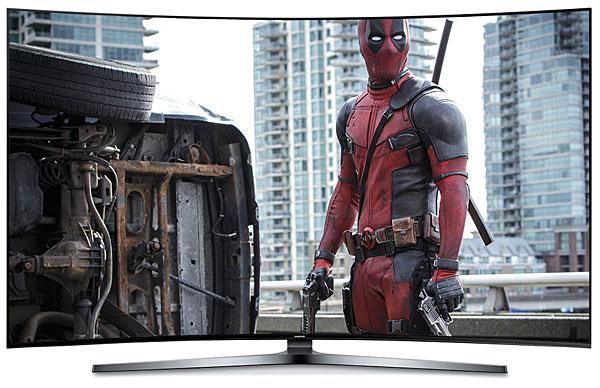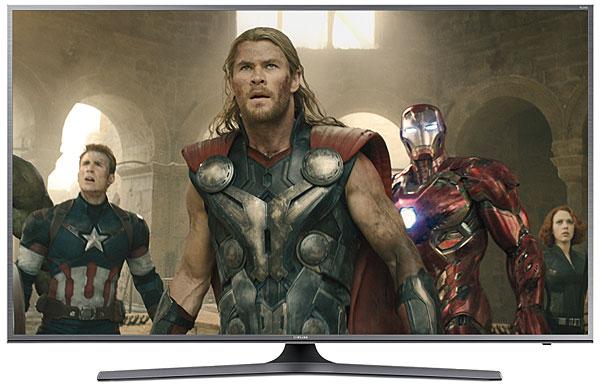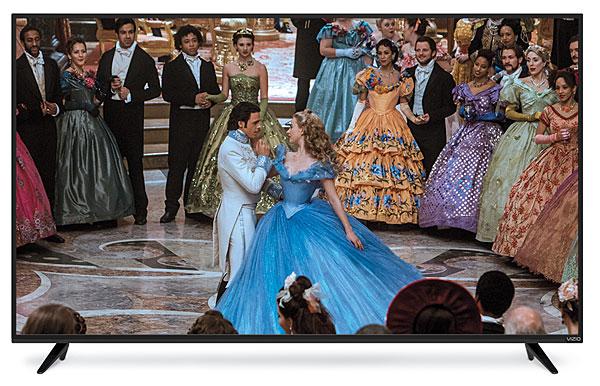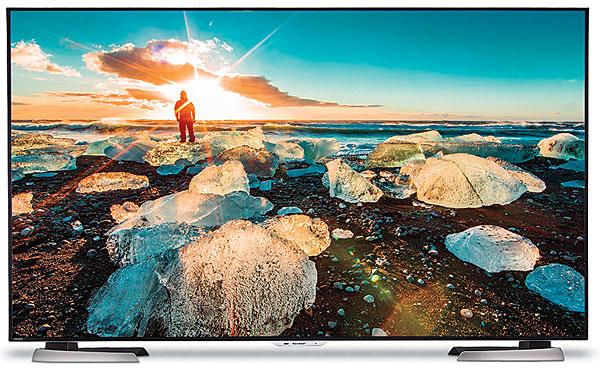LCD TV Reviews
Sort By: Post Date TitlePublish Date
|
Nov 02, 2016
|
Sep 07, 2016
|
Aug 03, 2016
|
Apr 05, 2016
|
Jan 26, 2016
|
Dec 23, 2015
|
Dec 14, 2015
|
Nov 11, 2015
|
Jul 22, 2015
|
May 06, 2015
|
Jan 16, 2015




















